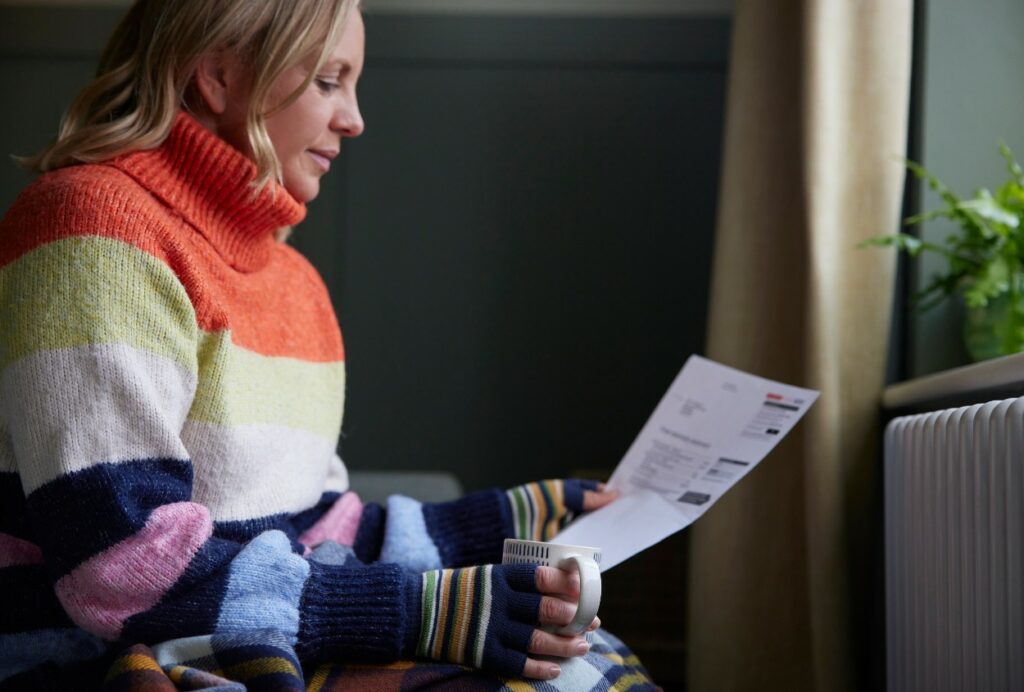This post originally appeared at https://www.badgerinstitute.org/a-practical-path-out-of-poverty/
Education, work, marriage, then kids — still the best, though not only, sequence
It’s hard to rise up — especially when you’re a single mom with a newborn — but by no means impossible.

That’s the message I take from a new study, “Dynamics of Families After a Nonmarital Birth,” written by Angela Rachidi, a senior fellow in poverty studies at the American Enterprise Institute who is also a visiting fellow here at the Badger Institute.
Rachidi takes a new look at the “success sequence,” an old finding, as she puts it, “that those who graduate high school, work full-time and marry before having children are far more likely to avoid poverty in adulthood.”
That’s true — and in some ways it’s hard to alter reality.
If you’re not married to whomever you hooked up with nine months before your baby was born, you’re very unlikely to be together 15 years later, according to data in her study. Among unmarried mothers in large U.S. cities, only 17% were married to the child’s father 15 years later and only another 8% were cohabitating with him. Almost half were single, neither married to nor cohabitating with anyone.
That makes it a lot harder to pay the bills. Rachidi found that 80% of children born to unmarried parents experienced poverty at some point in their first 15 years.
But — and here’s the good news — many moms are aspirational.
The Rachidi analysis explores data from the Future of Families and Child Wellbeing Study for thousands of unmarried mothers who gave birth in large U.S. cities in the late 1990s.
Mothers unmarried at childbirth “improved their education levels quite impressively by the time of the later survey years,” Rachidi found, “with more than half having some college or technical education by the age-15 survey, compared to only 18% at the time of birth.” Only 25% had less than a high school education, down from 45% at the time of the child’s birth.
Employment varied. The vast majority of mothers unmarried at childbirth worked at some point over 15 years, though less than 40% had employment in each survey year, she found.
Marriage, education, and work are the keys to success. And better to do that before having kids. But the new evidence here is that some progress can be made after as well — and when that happens, it pays off.
Fully 78% of mothers unmarried at childbirth who did not achieve any of the three milestones after 15 years were in poverty; only 9% who had achieved all three were in poverty, according to the study.
“Achieving at least two milestones also correlated to substantially lower poverty rates at the age-15 survey compared to one milestone or none.”
The path out of poverty, this study suggests, is not through ever-higher government payments that can discourage further education or employment or even marriage. Many single mothers are striving for something better, this study shows, and for those who persevere, the payoff is undeniable.
Mike Nichols is the President of the Badger Institute. Permission to reprint is granted as long as the author and Badger Institute are properly cited.
Submit a comment
“*” indicates required fields
document.getElementById( “ak_js_2” ).setAttribute( “value”, ( new Date() ).getTime() );
/* = 0;if(!is_postback){return;}var form_content = jQuery(this).contents().find(‘#gform_wrapper_21’);var is_confirmation = jQuery(this).contents().find(‘#gform_confirmation_wrapper_21’).length > 0;var is_redirect = contents.indexOf(‘gformRedirect(){‘) >= 0;var is_form = form_content.length > 0 && ! is_redirect && ! is_confirmation;var mt = parseInt(jQuery(‘html’).css(‘margin-top’), 10) + parseInt(jQuery(‘body’).css(‘margin-top’), 10) + 100;if(is_form){jQuery(‘#gform_wrapper_21’).html(form_content.html());if(form_content.hasClass(‘gform_validation_error’)){jQuery(‘#gform_wrapper_21’).addClass(‘gform_validation_error’);} else {jQuery(‘#gform_wrapper_21’).removeClass(‘gform_validation_error’);}setTimeout( function() { /* delay the scroll by 50 milliseconds to fix a bug in chrome */ }, 50 );if(window[‘gformInitDatepicker’]) {gformInitDatepicker();}if(window[‘gformInitPriceFields’]) {gformInitPriceFields();}var current_page = jQuery(‘#gform_source_page_number_21’).val();gformInitSpinner( 21, ‘https://www.badgerinstitute.org/wp-content/plugins/gravityforms/images/spinner.svg’, true );jQuery(document).trigger(‘gform_page_loaded’, [21, current_page]);window[‘gf_submitting_21’] = false;}else if(!is_redirect){var confirmation_content = jQuery(this).contents().find(‘.GF_AJAX_POSTBACK’).html();if(!confirmation_content){confirmation_content = contents;}setTimeout(function(){jQuery(‘#gform_wrapper_21’).replaceWith(confirmation_content);jQuery(document).trigger(‘gform_confirmation_loaded’, [21]);window[‘gf_submitting_21’] = false;wp.a11y.speak(jQuery(‘#gform_confirmation_message_21’).text());}, 50);}else{jQuery(‘#gform_21’).append(contents);if(window[‘gformRedirect’]) {gformRedirect();}}jQuery(document).trigger(‘gform_post_render’, [21, current_page]);gform.utils.trigger({ event: ‘gform/postRender’, native: false, data: { formId: 21, currentPage: current_page } });} );} );
/* ]]> */
The post A practical path out of poverty appeared first on Badger Institute.